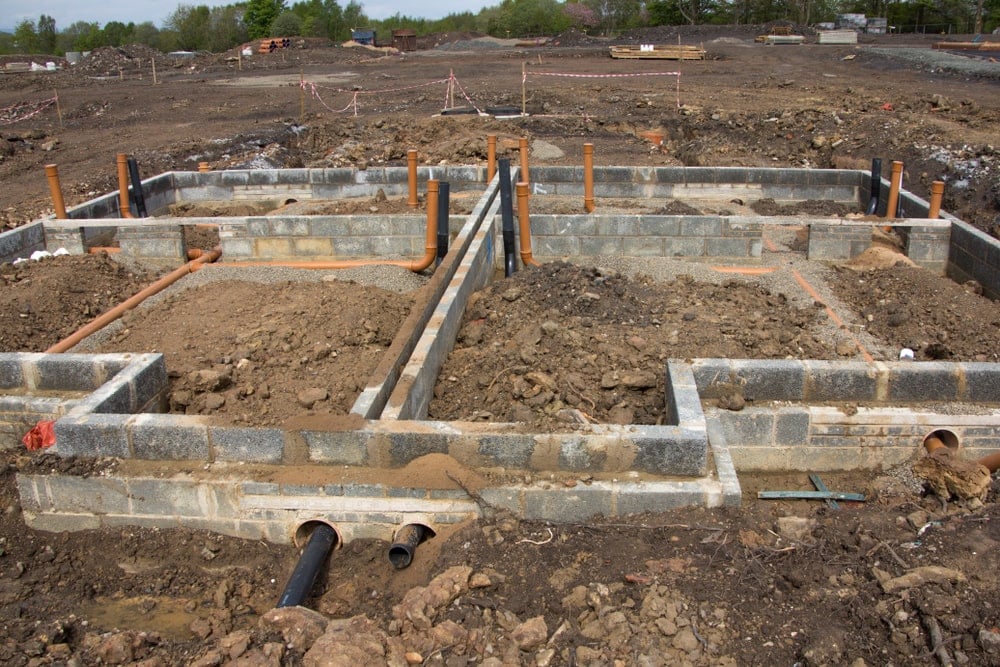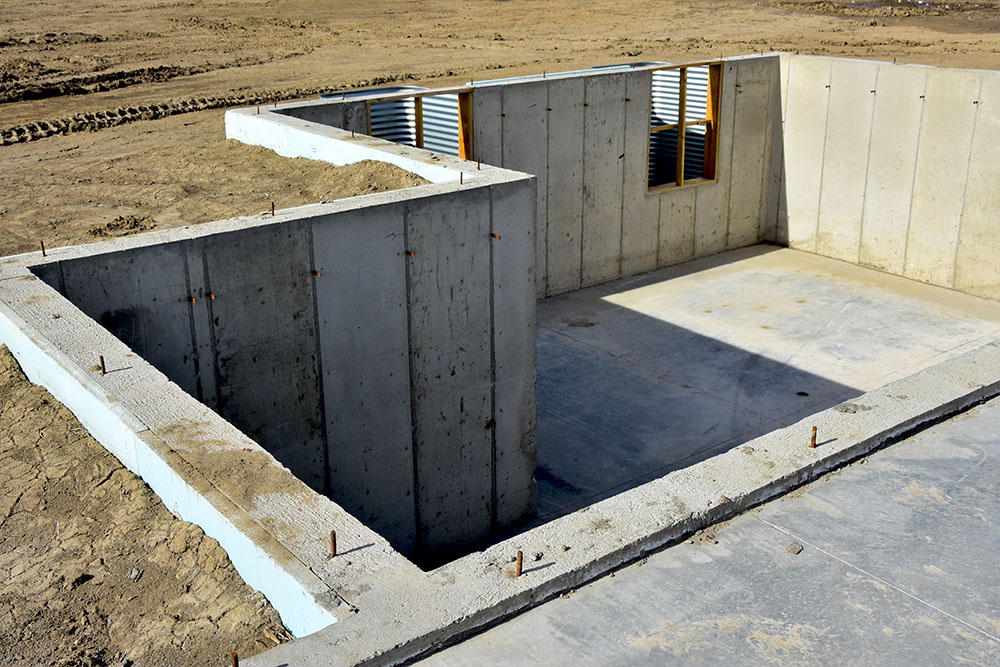6 Important Things To Know Before Building Your Own House
When building your own house, there are many aspects to be taken into consideration. One of the most important is a proper foundation for the new house. The foundation provides stability and support for the whole structure. You need to get it right or you will end up with problems in the future.
The foundation is one of the first things that you should get done before moving forward with other construction works. It’s very easy to make mistakes when dealing with foundations because they are so complicated. If you don’t know what to do, you could easily end up ruining your home by doing something wrong. Here are some tips on how to build a good foundation for your house:
If you have thought about the construction of your own house then you also have to do a plaatvundamendi ehitus which is a necessary part of it. As if you want to make your home look much better in compression of others home then it is must for you to have in your own home. People also try to understand the important aspects of it.
- Understand Your Site
Your site has to be checked carefully before starting any work. In order to do this, you have to understand certain factors about the soil composition, as well as its potential for shifting or sinking. This information will help you choose the best location for the foundation so that you can avoid potential complications later.

You also need to decide whether the soil is solid enough to support the weight of the house. It may seem like a simple task but you have to check and find out if the ground is properly compacted and stable. You can always hire a geotechnical engineer to perform these tests.
- Check For Subsurface Conditions
It’s essential to determine what kind of soil you have and if it is suitable for the foundation. You might want to dig holes and test the soil to confirm the type of material and whether it is stable. To get an accurate idea, you need to take samples of the soil that will be used in the foundation. These samples should be sent to a laboratory where they can be analyzed further.
- Build Footings First
Building a foundation begins with placing the footings for the concrete slab. This step is crucial because it forms the base of the entire structure. The footings have to be placed at least four inches below the frost line. They serve as the main supports for the foundation and the rest of the house. Make sure that the footings are strong enough to hold the load of the house. You can use a computer program to calculate the size of the footings.
- Calculate The Size Of The Foundation
To get the correct size of the foundation, you need to consider two different factors: the wall thickness and the length of the foundation. Usually, a standard foundation has walls that are 4 feet deep and 20 feet long. You also need to think about how big the basement area is.
The basement is where most of the utilities go into, such as water pipes, gas lines, electrical wires, etc. So, you have to make sure that it is large enough to accommodate all these needs.
In addition to this, you also need to think about how much weight the foundation can carry. This depends on the depth of the foundation walls. In general, a 10-foot-deep foundation can handle approximately 2,000 pounds per square inch of pressure. However, the actual number varies from place to place depending on the soil conditions.
In many cases, it is recommended to build a 10-foot-thick foundation. This way, you can avoid any major issues down the road since your house will be built on top of a firm foundation. However, you might want to consult a professional before making that decision.
- Choose The Right Type Of Concrete
Once you have decided which type of concrete to use, it’s time to pour the concrete. There are several types of concrete available on the market today, each with their own unique properties. Before deciding which type to use, you have to evaluate various factors including durability, cost, strength, and setting time. All of these factors will affect the final quality of the concrete.

Different types of concrete can either require more time to set or allow the concrete to be mixed and poured within minutes. Each option has advantages and disadvantages, so you need to weigh them against each other. In many cases, a mixture of Portland cement and sand is considered the best choice. It’s durable and can withstand extreme weather and temperature changes.
You can also buy ready-mix concrete, which means that everything is already mixed together. This allows you to save time and money. But this doesn’t mean that the mixture is perfect, which would result in a weak foundation. You need to be careful not to add too much water to the mix, otherwise, the concrete won’t harden properly.
- Finish The Foundation
After pouring the concrete, you should let it dry for a few hours before beginning the next steps. Once it is dry, you can start putting the finishing touches on the foundation. You should seal the joints and cracks in between the concrete slabs. Also, you should fill in any areas that were exposed during the process.
Next, you can install the drainage system that will lead water away from the foundation. This is especially important if you live in a wet climate. Finally, you should put in any necessary plumbing, electrical wiring, and heating systems.
Now that you finally finished building the foundation, you can move forward with other tasks. You can finish the interior of the house, lay the flooring, fix the windows, doors, and roof, and even paint the exterior. After all of these steps, you will be able to move into your beautiful new house!

